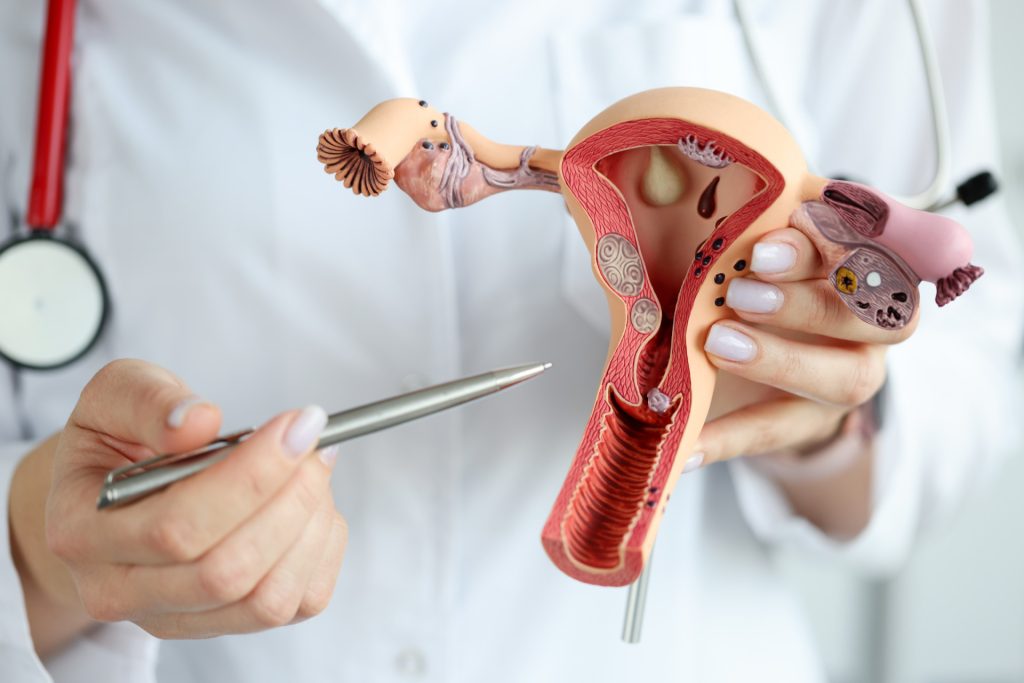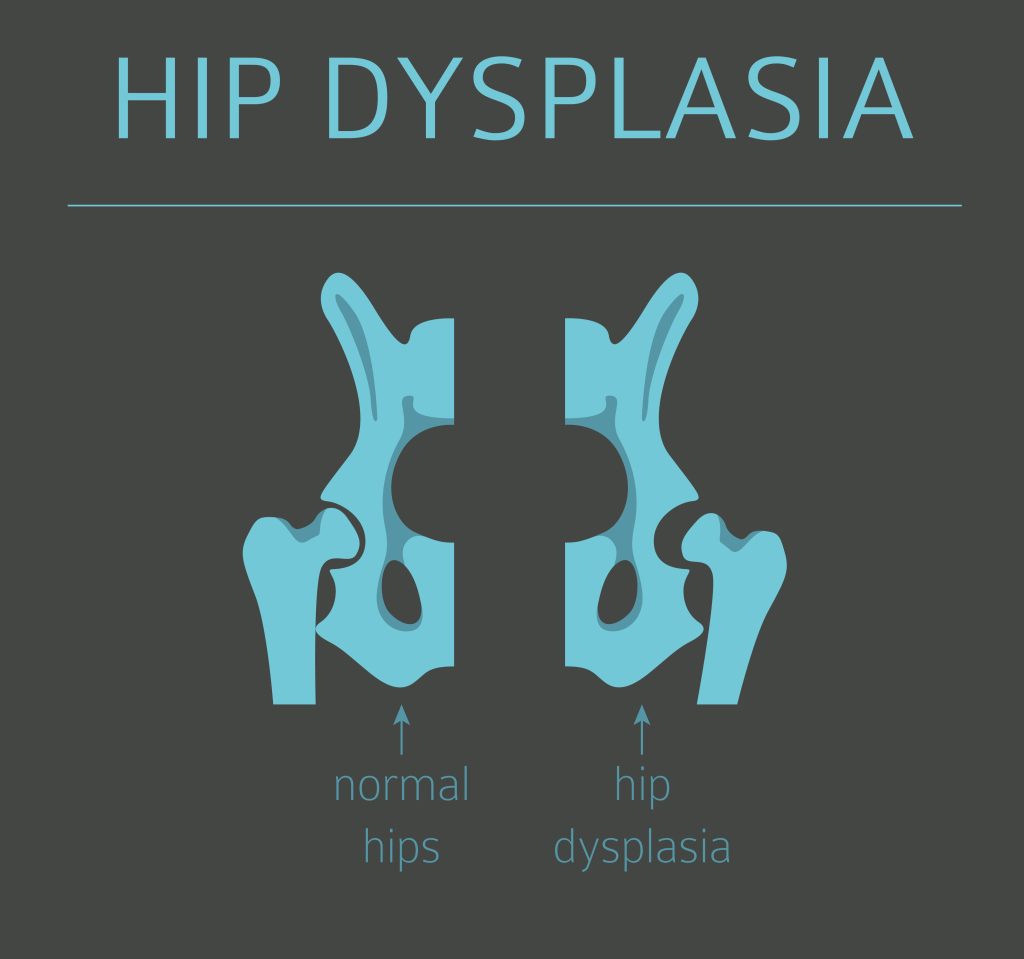Laparoscopy
Laparoscopy is a minimally invasive surgery in which an incision is made near the belly button. A thin tube with a fitted camera, also known as a laparoscope, is inserted. The camera allows the surgeon to see the organs in the pelvic area and locate the endometriosis. The surgeon can then remove the endometriosis tissue using a small surgical instrument.
Laparoscopy is usually recommended for mild to moderate endometriosis. It is a safe and effective procedure with a faster recovery time than open surgery. Patients can get back to their routine within a week.
The benefits of laparoscopy for endometriosis surgery are:
- Minimally invasive: Laparoscopy requires only tiny incisions, resulting in less scarring and a faster recovery time.
- Accurate: The camera allows the surgeon to see the endometriosis tissue and remove it precisely.
- Cost-effective: Laparoscopy is less expensive than open surgery.
- Shorter hospital stay: Laparoscopy usually is an outpatient procedure; the patient can go home very next day of the procedure.
Hysterectomy
A hysterectomy is a surgical intervention that involves the removal of the uterus. In certain instances, the procedure may also include the removal of the fallopian tubes and ovaries. Hysterectomy is usually recommended for severe endometriosis that does not respond to other treatments.
Hysterectomy can be done differently; vaginal, abdominal, and laparoscopic. The type of surgery depends on the patient’s condition and the surgeon’s preference.
The benefits of hysterectomy for endometriosis surgery are:
- Permanent solution: Hysterectomy removes the uterus, which means the patient will no longer have periods and endometriosis-related pain.
- Effective: Hysterectomy is a highly effective treatment for severe endometriosis.
- Reduced risk of ovarian cancer: Removing the ovaries reduces the risk of ovarian cancer in women with a high risk of developing it.
- Improved quality of life: Hysterectomy can improve the patient’s quality of life by relieving pain and other symptoms.
Excision Surgery
In excision surgery, the endometriosis tissue is removed from the affected organs. This surgery is usually recommended for women with severe endometriosis.
Excision surgery can be laparoscopic or an open surgery, depending on the extent of the endometriosis. The surgeon removes the tissue using a surgical instrument and then repairs any organ damage.
The benefits of excision surgery for endometriosis surgery are:
- Precise removal of endometriosis tissue: Excision surgery removes the endometriosis tissue completely, reducing the recurrence risk.
- Preserves fertility: Excision surgery can preserve the ovaries and fallopian tubes, improving the patient’s chances of conceiving.
- Improved quality of life: Excision surgery can relieve pain and other symptoms, improving the patient’s quality of life.
Radical Hysterectomy
Radical excision surgery is recommended for women with severe endometriosis that has spread to other organs in the pelvic area. It involves removing the affected organs, such as the uterus, ovaries, fallopian tubes, and sometimes even the bladder or rectum.
Radical excision surgery can be done as an open surgery or laparoscopically, depending on the extent of the endometriosis. The surgeon removes the affected organs and then repairs any damage to surrounding tissues.
The benefits of radical excision surgery for endometriosis surgery are:
- Permanent solution: Radical excision surgery removes the affected organs, which means the patient will no longer have periods and endometriosis-related pain.
- High success rate: Radical excision surgery has a high success rate in treating severe endometriosis.
- Reduced risk of recurrence: Removing the affected organs reduces the risk of recurrence.
- Improved quality of life: The patient’s quality of life may be improved by undergoing radical excision surgery, which can alleviate their pain.
Conclusion
In conclusion, endometriosis surgery can help manage the symptoms of endometriosis and improve the patient’s quality of life. However, the recommended type of surgery depends on the endometriosis’s severity and extent. Each type of surgery has its benefits. Patients must consult their doctor to discuss the various options and determine the best treatment plan for their individual needs.
References
https://www.healthline.com/health/endometriosis/laparoscopy-for-endometriosis
https://my.clevelandclinic.org/health/treatments/4620-endometriosis-surgery
https://www.brighamandwomens.org/obgyn/infertility-reproductive-surgery/endometriosis/surgical-treatment-of-endometriosis-excision-and-destruction#:~:text=Excision%20of%20endometriotic%20lesions%20or,different%20kinds%20of%20energy%20sources.
https://www.circlehealthgroup.co.uk/health-matters/womens-health/radical-endometriosis-surgery#:~:text=What%20is%20radical%20surgery%20for,other%20treatments%20did%20not%20help.




